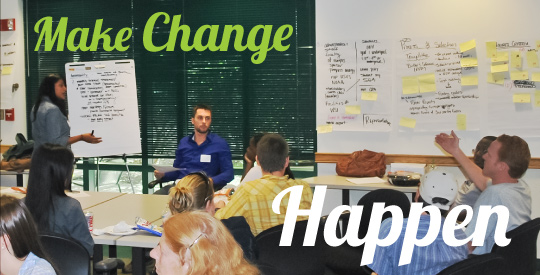
USF St. Petersburg Campus Faculty Publications
English, Spanish, and code-switching use in the ESL classroom: An ethnographic study.
Document Type
Article
Publication Date
1998
Abstract
Speech-language pathologists (SLPs) in the schools, and English as a second language (ESL) teachers currently face the challenge of how to best provide instruction for students who are learning English. The purpose of this study was to describe the results of a qualitative study performed in an ESL classroom to determine teacher and student functional uses of language (i.e., pragmatics), particularly language involving code-switching and code-mixing use. The data for this study were gathered via classroom observations and interviews with the ESL teacher and ESL teacher aide in an elementary school with a 30% Hispanic/Latino population. Overall, the ESL classroom appeared to be teacher directed as evidenced by a high degree of questioning, commands, feedback, and informatives. Of all the instances of code-switching and code-mixing, none were judged to be grammatically inappropriate for either English, Spanish or the combined switched/mixed language form. The authors have developed a clinical intervention approach focused on Real, Experiences, Acknowledgment and Language (REAL). Taken from the data, REAL can be used by both SLPs and teachers to make language more meaningful.
Language
en_US
Recommended Citation
Brice, A.E., & Mastin, M., & Perkins, C. (1998). English, Spanish, and code-switching use in the ESL classroom: An ethnographic study. Journal of Children's Communication Development, 19(2), 11-20.
Creative Commons License

This work is licensed under a Creative Commons Attribution-Noncommercial-No Derivative Works 4.0 License.


Comments
Abstract only. At this time, full-text article is available only through licensed access provided by the publisher. Published in Journal of Children's Communication Development, 19(2), 11-20. Members of the USF System may access the full-text of the article through the authenticated link provided.